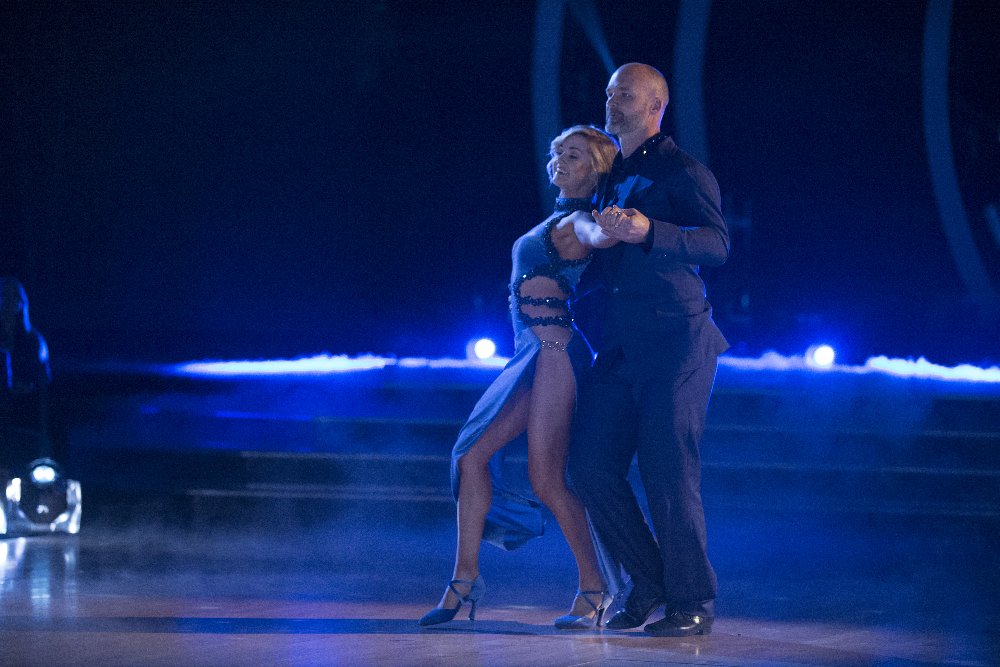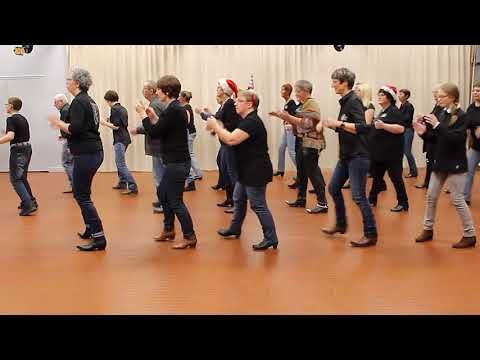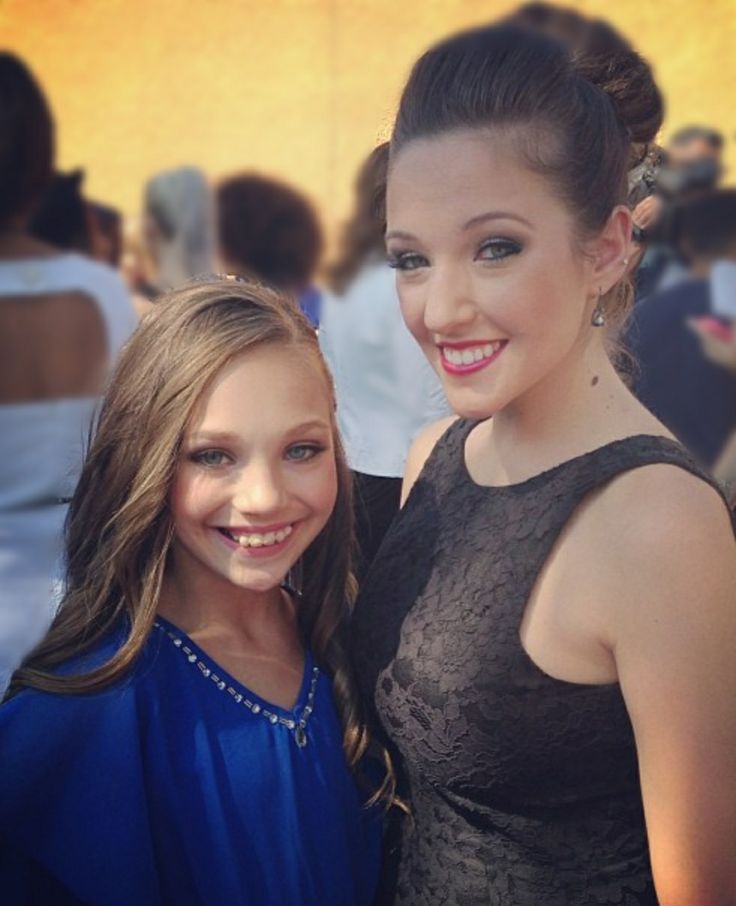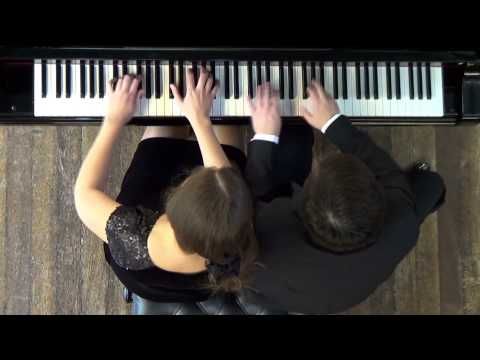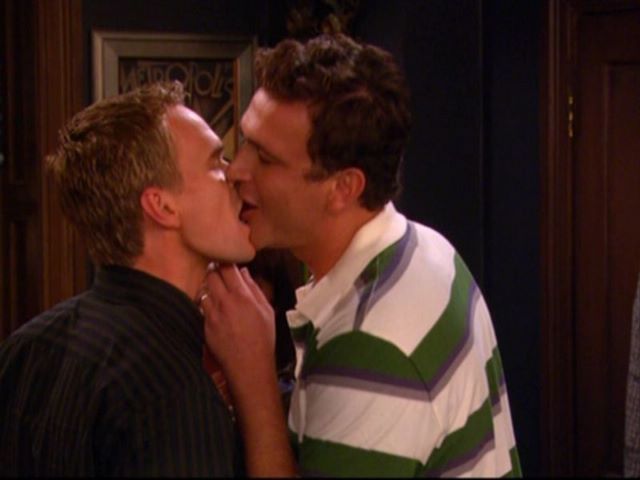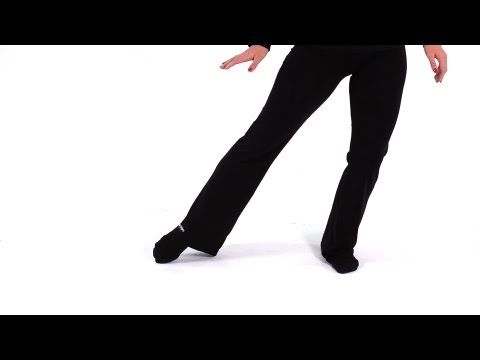How to make dance floor more slippery
What Kind of Powder or Sand is Good for a Dance Floor, to Make It Easier to Slide? – Country Dancing Tonight
When I got into dancing a few years back, both line dancing and some two-stepping, it wasn’t long before I found out about this whole idea of needing to be able to slide a little on the dance floor! A friend of mine, a very experienced dancer, pointed out a little area in the corner by the DJ’s booth where there was some baby powder.
She explained to me that people who want to spin and slide better just go over there and walk through the powder a little.
So, that was good to know! But one thing that I’ve also noticed as a dancer is that many times, for me, I just slip and slide too much! I surely don’t need anything further to help me slide. Once, lately, I even nearly took a spill!
So, this article will tackle both these issues head-on! How do we get a little more lubricated on our boot soles to slide as we like? But, also is there any way to treat your boots to put the brakes on a little and get the slipping and sliding under control? Let’s check it all out!
Recently on Facebook in the discussion group, “Line Dancers on Facebook” Someone asked:
“What kind of “powder” or “sand” do you use on bar dancefloors, if any, that you might recommend that do NOT ruin the floor?
Wanting to make the dancefloor less sticky / easier to slide but at a low cost and won’t make it so the floor has to be replaced so often. “
There were a lot of responses to this. I’m so grateful for the people who jumped in. It is where I’ve taken much of what I am relaying here today! Click here for the original Facebook discussion.
While there’s some debate about if you should apply any substance to a wood dance floor, those that do, agree that Cornmeal and Powdered Dance Floor and Shuffleboard Wax are effective ways to add something to a dance floor to allow people who need it a little more ability to slide. But any substance should be used sparingly and wisely to keep people from slipping too much.
That is the summary, but also it was interesting to note that everyone seems to fall into two camps about it. Some people pointed out a dance floor is actually vulnerable to some substances and should be cared for properly to sustain its longevity. So, basically never put anything on a dance floor! But then many who don’t feel that way offered up what they DO put on the floor to solve the sticky problem.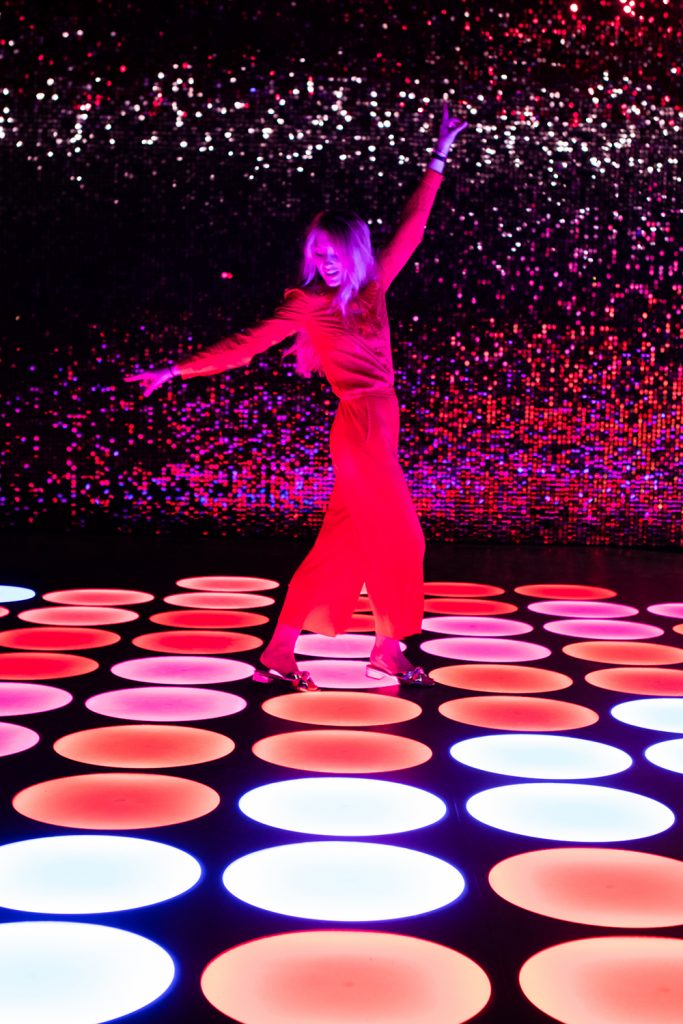
Get Physical Line Dance
Please enable JavaScript
Get Physical Line Dance
It was especially great to hear from the likes of Donna Manning, an accomplished choreographer with dances like Rock Me and Booze Cruise among 9 pages dances listed on the Copper knob site!
And also to see the dance pro-Guyton Mundy chime in. You’ll notice both of them fall into the “Nothing on the dance floor” group, but they say so for different reasons. Here’s what they had to say:
“If it’s a real wood floor have them use a commercial sander with very fine paper. Apply Murphy oil and leave for 24 hours to come back with a dry mop. THEN keep all drinks off the floor. Sand, powder, and dance wax ruins wood floors. It’s work but that floor is an investment.”
Donna Manning
“As a dancer for over 30+ years… may I give a little suggestion? Learning to dance on every possible floor imaginable from cobble stone to the barn in Sanford, the one thing you really need to accomplish is learning how to transition your weight so that the floor doesn’t matter….
Guyton Mundyit’s the dancer that makes the floor, not the floor that makes the dancer.”
So, there’s that perspective on it all! And oh that all of us could learn that skill and get to that level! I think the sentiment was generally many of us feel our feet getting stuck and it would help if there was a little more slickness somehow. So, the next question is:
Should You Use Powder or a Special Kind of Sand on a Wood Dance Floor?
Between the two groups that differ on whether we should even use something on the dance floor, I’m not here to decide but just to offer up the different opinions.
Of those that we’re for adding something to the floor, here were some ideas:
Cornmeal – Dennis Bosse
Dennis feels like Baby Powder makes the floor like ice! So, maybe there’s something here! Try cornmeal to add just a little more slickness to the floor. A few people agreed with this suggestion and also added an Amazon link to purchase Indian Head Old Fashioned Stone Ground Yellow Corn Meal if you want to go in this direction.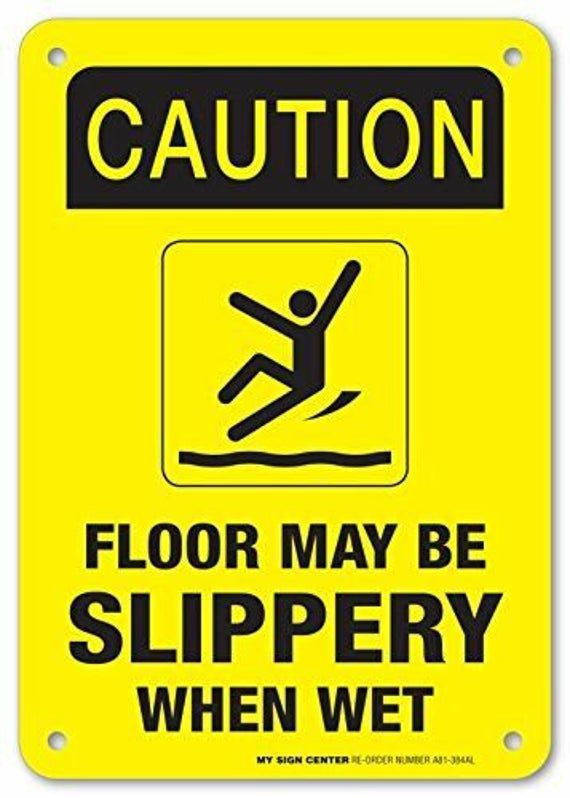
Dancefloor Wax – Greg Cunningham
Greg keeps a little bit of this with him and adds it conservatively to what he calls a “dry” spot.
Dancehall & Shuffleboard Wax – Many Facebook commenters
Candle Wax – Take a tea light & rub a little of the wax on the bottom of your shoes or boots…just a little or the floor gets too slippery – Millie Gagne
Saw Dust, Salt & Pepper – Also suggested!
So, that seems to be it! The round-up for how to get a little more sliding ability seems to primarily be cornmeal, (or cornstarch, or baby powder used sparingly), Dancefloor Wax, Dancehall & Shuffleboard Wax, or Candle Wax.
One other important point was made by a commenter:
“Not sure if anyone has raised this point yet, but if you powder/wax the floor and someone falls and is injured YOU could be liable.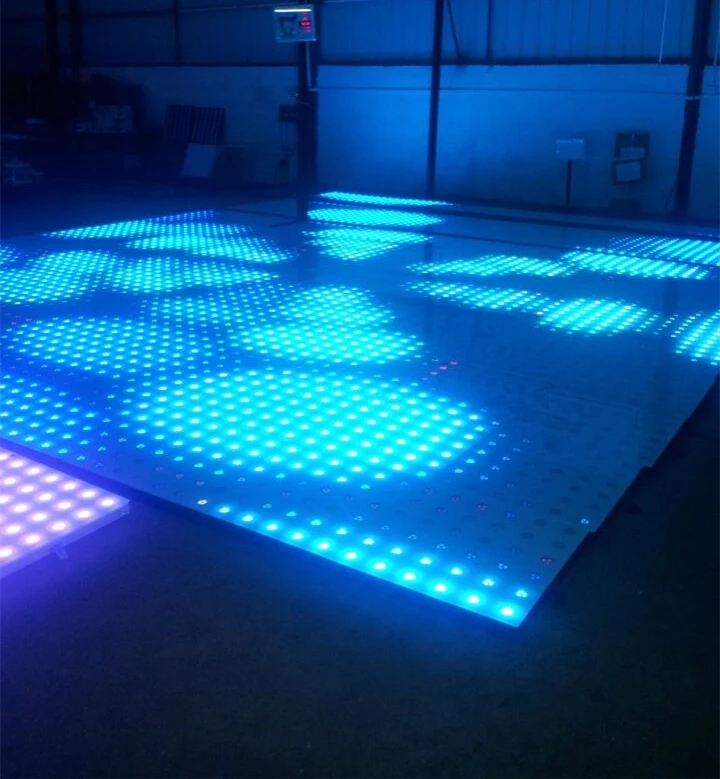 It’s an insurance hazard and many venues will not allow it because of that.” – Preston Britto
It’s an insurance hazard and many venues will not allow it because of that.” – Preston Britto
So do consider this if you own or manage a dance hall or dance venue. It’s important to make sure the floor doesn’t become dangerously slippery so that an enthusiastic, unsuspecting dancer gets hurt from a hard fall.
Also on Facebook, there were a couple of people that mentioned how much they actually hate it when people put powder on the floor. In one case it even got so bad at a dance venue, that people started complaining about the powder because people were falling. They had to stop the dancing and sweep, mop, and dry mop the floor to get rid of the powder before allowing people back on the dance floor. So use the powder sparingly and carefully–not everyone needs it or expects it out on the dance floor.
Here’s a few links to shop for some of these suggested things and more.
A Third Option–Dance Socks!
So, a lot of the people that chimed in went in a whole different direction.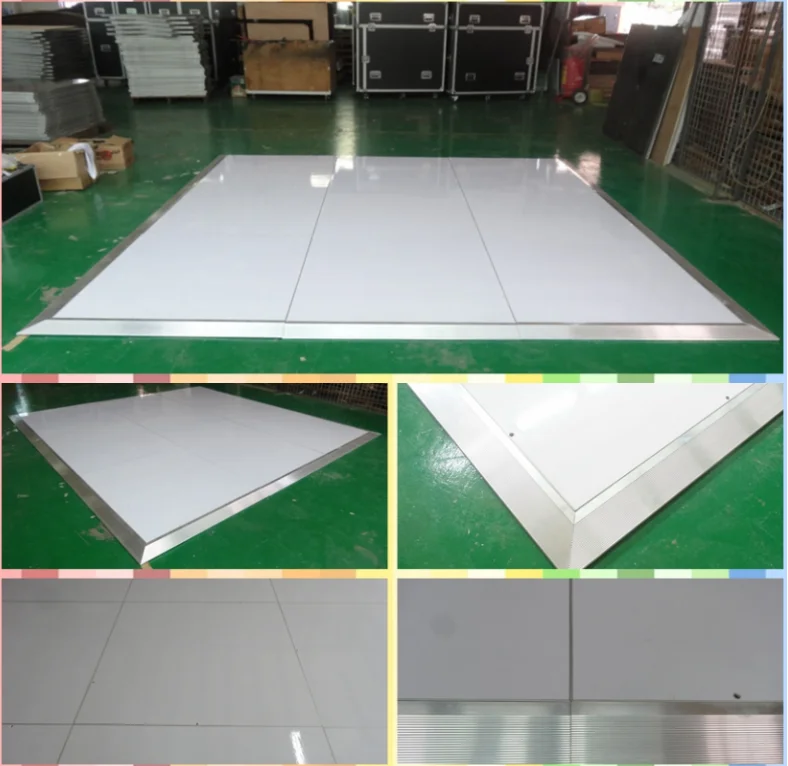 Instead of just living with the floor as-is, or putting something on it to make it slicker they suggested Dance Socks.
Instead of just living with the floor as-is, or putting something on it to make it slicker they suggested Dance Socks.
Those that praised using Dance Socks, said that you can make your own out of old socks, but they just aren’t too effective. And getting cheap knock-offs isn’t great either. The cheap ones are too thin and roll-up. So, the consensus is to invest in the original DanceSocks found here on Amazon.
Shop for Dance Socks on Amazon.
I think the Dance Socks idea is great for transforming ordinary running or athletic shoes into a shoe you can slide and spin with, but I haven’t ever seen these in use in the country bar dance floors I frequent. Not that it would be forbidden, but I just haven’t seen it. I guess for the most part people are dancing in cowboy or cowgirl boots and sticking with a more western look for their night out dancing. I did see it however in Vegas when I attended the Vegas Dance Explosion 2021. If you are interested in the Vegas Dance Explosion or attended this year, check out my recap post that reviews all that went on that week!
If you are interested in the Vegas Dance Explosion or attended this year, check out my recap post that reviews all that went on that week!
But What Can You Do To Keep From Slipping Too Much on The Dance Floor?
Over the course of my brief 3 or 4-year dancing experience, I am actually on the other side of this whole issue! I find that I just slip too much! I have been wondering for a while how to do the opposite! How can I actually get a little more traction with my boots while dancing? I’ve noticed when doing a line dance like “We Are Tonight” or even the Denver Cha Cha partner dance I can get to slipping too much!
I’ve wondered what I could do but now have a couple of ideas. The two main suggestions I’ve heard were:
1. Scuff up your boot souls a little. In other words, don’t just use your boots for dancing. Walk around on concrete or asphalt and allow them to get scuffed and scratched up on the soles. So it follows that we should be careful not to go out dancing with new boots that are clean and slick still on the soles. This is a good way to fall quickly. Break those new boots in first!
This is a good way to fall quickly. Break those new boots in first!
2. Add some duct tape to the bottom of your boots. So that was another suggestion that I got from the same Facebook group talking about the sliding and powder on the floor. I actually took this idea and ran with it. I think it worked a little, but really what seems to be happening is that the tape is getting destroyed and now the gummy sticky part of the tape is exposed and making my boots a little sticky.
The problem with this is that now I’m probably leaving the sticky tape goo on the floor a little! So, now I’m actually NOT recommending this!
The boots I’m wearing are The Justin Rail Boots for men available on Amazon. I still really love these boots and still recommend them, but I’m not sure if the Justin leather soles aren’t part of the slippery problem. I’ll try a new brand with my next purchase just to see.
What Is Something to Never Add to the Dance Floor?
This last point is more just for fun, but I think it is important to note that most serious dancers all agree on one thing: Never take your drink out on the dance floor! Back to that Facebook post, about 7 people reminded us of this important thing.
Of course, as you go around to different bars there are different standards and some are super casual and just don’t care. But I think in the end it’s a better practice to try not to bring a drink out onto the dance floor. It’s a great point of dance floor etiquette.
This way the dance floor is preserved longer and more importantly you’re not risking spilling your drink and risking the chance of a fellow dancer slipping and taking a hard fall all because you couldn’t go without your tall beer on tap for a few minutes.
Note: I’m not suggesting you should risk someone tampering with an unattended drink! So, if that’s a concern where you do your dancing, maybe just wait till you take a break before ordering your beer or wine!
And a little update on this! I’ve heard recently that people are bringing their drinks out onto the floor so they don’t have to wear masks! (Since you’re allowed to remove the mask while eating & drinking!) Wow!
Here is a good reference about properly maintaining and caring for dance floors: https://worldwidejanitor. com/library/how-to-care-for-your-dance-floor/
com/library/how-to-care-for-your-dance-floor/
Fix Your Slippery Dance Floors Once and For All
The number one problem with dance and theatrical flooring is “it’s too slippery”. There are plenty of reasons why floors become slippery and unfortunately too many solutions to “fix” them resulting in damage and shortening their life expectancy.
The first problem you may be having is you are dancing on the wrong type of floor. In general, wood, laminate and bamboo floors are inherently slippery because they use a factory finish that is not compatible for many dance activities. These finishes are ingrained in the materials and cannot be removed. In spite of this, many attempt to make the surface more non-slip. In a number of cases efforts fail because some rely on “magic potions” and bad advice that do not work. In fact, they make the situation worse. Coke, rosin, vinegar, alcohol, bleach and solvent should never be used on any dance floor.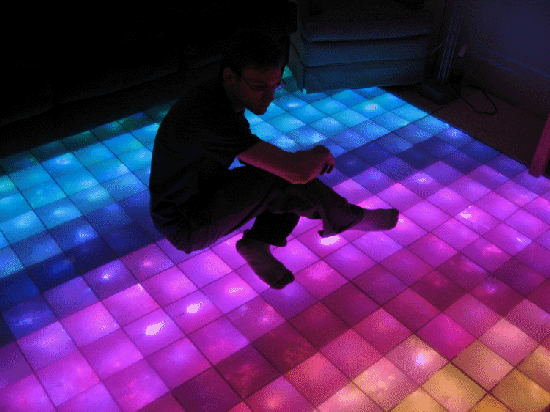 There are two products that can help. The first is Proclean NS. It is a degreasing and cleaning agent that has a chemical additive that makes all floor surfaces more non-slip over time. In an extreme slippery environment, it may not work completely but will improve the situation. You can use it in lieu of your regular cleaning product. It is easy to use, inexpensive and adds no more time to your maintenance routine.
There are two products that can help. The first is Proclean NS. It is a degreasing and cleaning agent that has a chemical additive that makes all floor surfaces more non-slip over time. In an extreme slippery environment, it may not work completely but will improve the situation. You can use it in lieu of your regular cleaning product. It is easy to use, inexpensive and adds no more time to your maintenance routine.
Learn More About ProClean NS
The second product is Slip NoMor. Used correctly, this temporary treatment solves the problem immediately. Downside, it must be removed before re-application and it lasts up to one week. Clean, re-apply, clean, re-apply. It is twice as much work but you have a surface you can dance on. There are a number of owners who simply give up trying and buy a non-slip dance floor to cover their existing problem surface.
Buy Slip NoMor For Your Dance Floor
Sometimes cleaning your floor with the wrong product can make your floor slippery. Stay away from household products, abrasive cleaning agent and anything not recommended by the manufacturer.
Stay away from household products, abrasive cleaning agent and anything not recommended by the manufacturer.
Using plain water will neither clean your floor nor help with the slippery surfaces. In fact, it adds to the problem.
The prime culprit is body oil from perspiration and body lotions the dancers slather on themselves. Water does not dissolve oil. Water and oil do not mix and by using water alone you are spreading the oil over the entire floor surface. What does dissolve oil is a detergent/degreaser. Proclean, a concentrated detergent/degreaser, does the job economically and efficiently.
View Our Maintenance Products
An often overlooked cause of slippery floors is environmental. Temperature and humidity changes impact both wood and vinyl flooring. Keep humidity between 30-50 percent and the temperature between 60-80 degrees 24/7. If that is not possible, dry mop the floor and get the temperature and humidity within range prior to holding class.
In conclusion: buy the right floor for your use, keep it clean, beware of unapproved cleaning agents and keep the temperature and humidity in check.
Club floors, dance floor installation
- home
- Room types
- Night clubs (dance floors)
The arrangement of nightclubs and dance floors requires the use of a certain type of flooring, which must comply with a number of specific properties:
- Resistance to mechanical stress, shock loads . Thousands of people visit this category every day. Dancing or simply active movement of a large number of people can lead to the rapid destruction of the flooring. Thus, the selected type of floor should have increased strength and durability.
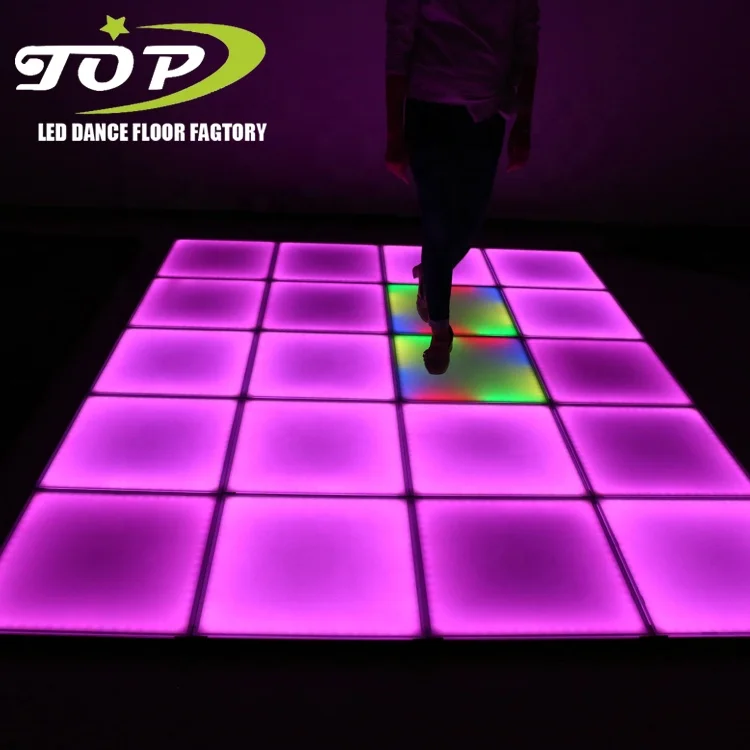
- No slip . The slippery surface of the dance floor can lead to injury to club visitors. But it is worth considering that the more rough the coating is used, the more difficult it is to clean it. Thus, when installing floors in a club, a "golden mean" is needed: a smooth surface that prevents slipping.
- Easy to clean . A large and constant number of visitors to a nightclub implies regular cleaning of the establishment. The selected type of floor should be easy to clean, retain a minimum of dust and dirt, and have an antistatic effect.
- Sound absorber . It is one of the most important properties. The floor covering of the dance floor should effectively dampen noise.
- Crack resistance . This kind of damage mainly occurs when exposed to dynamic loads. This requires the use of a material that is resistant to cracking.
Below are the most optimal options for coatings in terms of their technical and operational characteristics, with a guaranteed service life of at least 5 years.
Cost of installing floors in nightclubs
| Cover type | Coating thickness, mm | Cost of work, rub/m 2 . | Cost of materials, rub/m 2 | Total price, rub/m 2 |
|---|---|---|---|---|
| Polyepoxy-3D self-leveling floor | 2-3 | 500 | 2000 | 2500 |
| Polyepoxy self-leveling floor | 2 | 300 | 850 | 1200 |
| Decorative quartz-filled epoxy floor "Poliepoflex" - COLORED SANDS | 3-4 | 450 | 1300 | 1750 |
View all objects
Which coating to use?
Self-produced self-levelling floors catalog
Before deciding on the technology of flooring in a room, it is necessary to assess the patency of the establishment. For nightclubs with very high attendance, highly filled polymer or methyl methacrylate coatings are best suited. In this case, it is better not to use ordinary concrete floors, as they will quickly collapse, and smooth self-leveling floors, on which scratches will appear over time.
In this case, it is better not to use ordinary concrete floors, as they will quickly collapse, and smooth self-leveling floors, on which scratches will appear over time.
If the traffic is not so high and averages 1000-2000 people per day / evening, the best option would be to install concrete floors with a hardened top layer (topping) or polymer bulk coatings. The properties of such systems make them easy to clean and operate, and also allow them to withstand even intense loads.
In addition, polymer self-leveling floors can be made in different thicknesses in different sectors. Directly on the dance floor, you can lay a more durable layer, and a thinner layer on the rest of the territory.
A wide choice of surface textures, as well as an extensive range of colors allow you to choose exactly the type of polymer coating that will harmoniously fit into the design idea of your nightclub.
Featured services
Turnkey polymer floors
Turnkey poured floors
Topped industrial floors
Turnkey installation
Service Guarantee
Experience since 2004
Quality certificates
Free visit of a specialist
What special effects can be used at a wedding? NEVESTA.
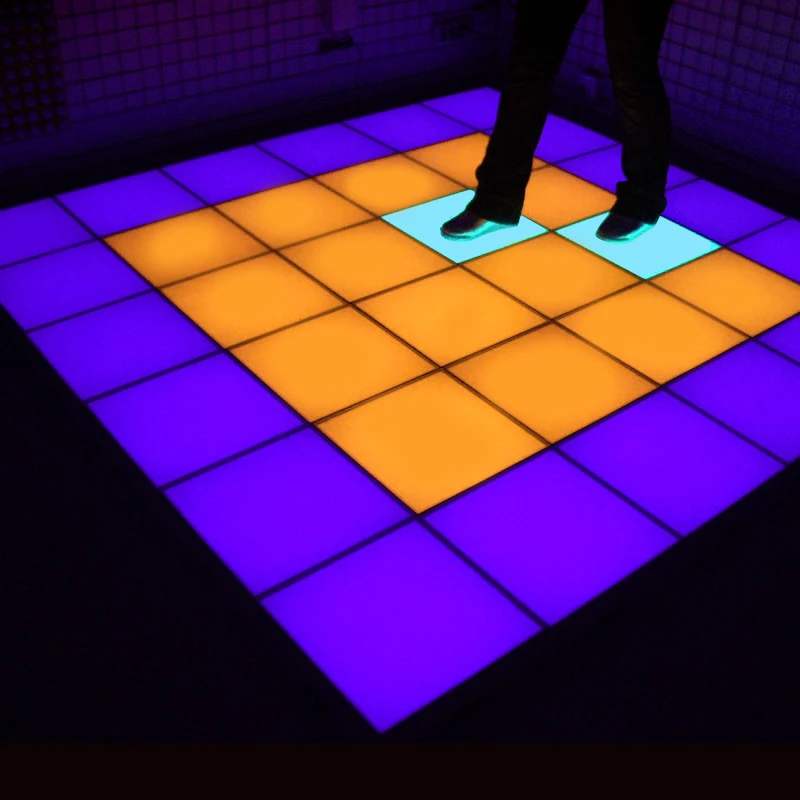 MOSCOW
MOSCOW In order to get an answer to the question "What opportunities are there now in the pyrotechnics and special effects industry?", we turned to Andrey Kobzar, the head of a company that organizes visual support for most large projects in the wedding industry.
Heavy smoke
This is one of the most common types of special effects. According to the principle of obtaining heavy smoke, it is correct to call it steam, and the smoke generator is called a steam generator. It is simply impossible to feel it in the air. Heavy smoke has a white color, spreads near the floor, does not rise up, quickly dissipates, does not leave behind smell and traces. It quickly disappears after the generator stops supplying it.
This effect is most often used to add romance to the right moment. In addition, it plays an important role for successful photographs: it hides the bright floor in banquet halls, electrical and other switching, and is additionally illuminated with the necessary light. Most often, heavy smoke is used at exit registration, at the first appearance of the newlyweds in front of the guests, photo shoots at the welcome committee, during the first dance and the dance of the bride and dad, taking out the cake, during the highlights of the show program, creative surprises from the guests.
Most often, heavy smoke is used at exit registration, at the first appearance of the newlyweds in front of the guests, photo shoots at the welcome committee, during the first dance and the dance of the bride and dad, taking out the cake, during the highlights of the show program, creative surprises from the guests.
Andrey Kobzar, head of the company. During the first dance, the music begins to play and the dance floor is covered with smoke almost immediately. The couple goes out to dance, and the smoke covers the floor for 3 to 5 minutes. It depends on how powerful the smoke needs to be. At the end of the dance or at some culminating moment, fiery fountains of silver sparks light up behind the dancing couple, beating up 2-3 m. During the entire dance, artificial snow can slowly fall - to make it more romantic and beautiful.
Cryogun
The cryogun is capable of creating columns of white smoke from 4 to 8 meters high. The liquid fraction of carbon dioxide, which comes out of the gun under pressure, cools the surrounding air, turning the humidity of the air into frost, which gives the gas jet a white color, which, due to the right light, can also be “colored”.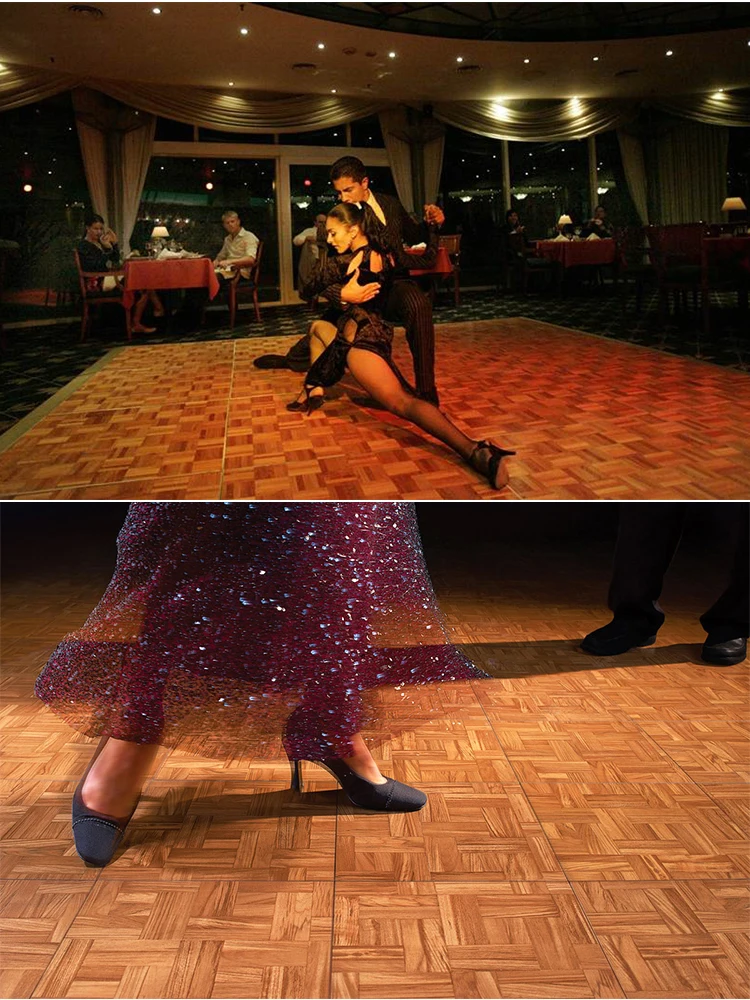 Such smoke also has no smell at all. The cryo gun is used for the spectacular appearance of the newlyweds and during the show program. They are stationary (mounted on the floor or suspended) and manual (smaller, cryoblaster). Stationary guns are mounted before the start of the event and can no longer be moved to another place during the event. When ordering cryo guns, you can count on launching columns of white smoke with a total duration of about 40 seconds. It can be 20 runs of 2 seconds, 10 runs of 4, and so on.
Such smoke also has no smell at all. The cryo gun is used for the spectacular appearance of the newlyweds and during the show program. They are stationary (mounted on the floor or suspended) and manual (smaller, cryoblaster). Stationary guns are mounted before the start of the event and can no longer be moved to another place during the event. When ordering cryo guns, you can count on launching columns of white smoke with a total duration of about 40 seconds. It can be 20 runs of 2 seconds, 10 runs of 4, and so on.
Light smoke
This smoke fills the entire space of the hall, forming a light haze. Light smoke is much cheaper than heavy smoke, because its production does not require a long time to warm up, while its supply can be almost constant. There are devices with a smoke cooling function, then the smoke spreads along the floor without rising up, but it is still rather not thick, but heavy. In addition, it has a specific smell. And also, unlike heavy smoke-steam, light smoke is obtained by burning a glycerin-containing substance and is smoke in its pure form, so fire detectors that do not respond to powerful puffs of heavy smoke confidently signal in the presence of even a small amount of light.
Confetti
Equipment for confetti is very diverse, and there are several types of confetti delivery: pneumatic (barrels with cans and compressors), blown electric, blown with a gas cylinder (blasters), hanging spreaders. Depending on the scale and area of the hall, confetti cannons of different power are used. In addition, confetti comes in different shapes, sizes and colors, and can even dissolve in water. At various events, the most commonly used confetti are rectangular or round. But "rose petals", hearts or flowers are the best fit for the theme of the wedding celebration, so the choice of brides often falls on them.
Snow
Snow is a type of confetti that can be classified as a separate category. It is melting and non-melting. The second type is paper squares 1 * 1 cm and cellulose grains. Artificial snow is fed in small portions to create the effect of a light snow blizzard. Thanks to the large number of options for confetti machines, this effect can be created in almost any hall in any place.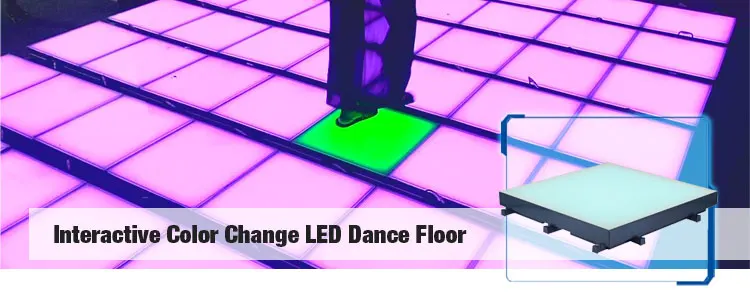 Melting is obtained using special generators that run on the "artificial snow" liquid. It is very realistic, and therefore can leave not only vivid impressions, but also a slippery floor and marks on clothes. Cellulose grains visually resemble snow as much as possible, but are very strongly electrified.
Melting is obtained using special generators that run on the "artificial snow" liquid. It is very realistic, and therefore can leave not only vivid impressions, but also a slippery floor and marks on clothes. Cellulose grains visually resemble snow as much as possible, but are very strongly electrified.
Cold Fountains
This professional stage pyrotechnics is designed to accompany various events and concerts on large stages with special effects. It looks like a sheaf of bright sparks, beating upwards from the nozzle of a pyrotechnic charge. All charges are designed for a certain height and duration of work. It has a number of restrictions on its use in banquet halls and restaurants, and after its use, smell and smoke remain. Since this is the most dangerous effect in terms of fire safety among all of the above, its use requires the presence of a professional pyrotechnician on site. Fountains can be fixed strictly vertically, or they can be mounted at various angles.
Cold fountains can be of various colors, but the brightest of them is silver. When ordering, you need to remember that the more fountains or the duration of their burning, the stronger the smell from their work. Therefore, in small rooms it is better to limit the number of pyrotechnic charges, combining them with special effects that are more gentle on the health and comfort of guests, such as heavy smoke, confetti and cryoguns.
In addition to the fountains that work vertically upwards, there are firefalls on large concert venues - a sheaf of sparks beats from top to bottom. For this, waterfall candles and the same fountains are used. Firefalls are designed for use in huge concert halls or outdoor venues, their use in restaurants and banquet halls requires special safety precautions and the work of pyrotechnicians with extensive experience with these charges. Therefore, in order to comply with fire safety requirements, specialists use ordinary pyrotechnic fountains in their work, reducing the height of such a firefall and increasing its cost.
